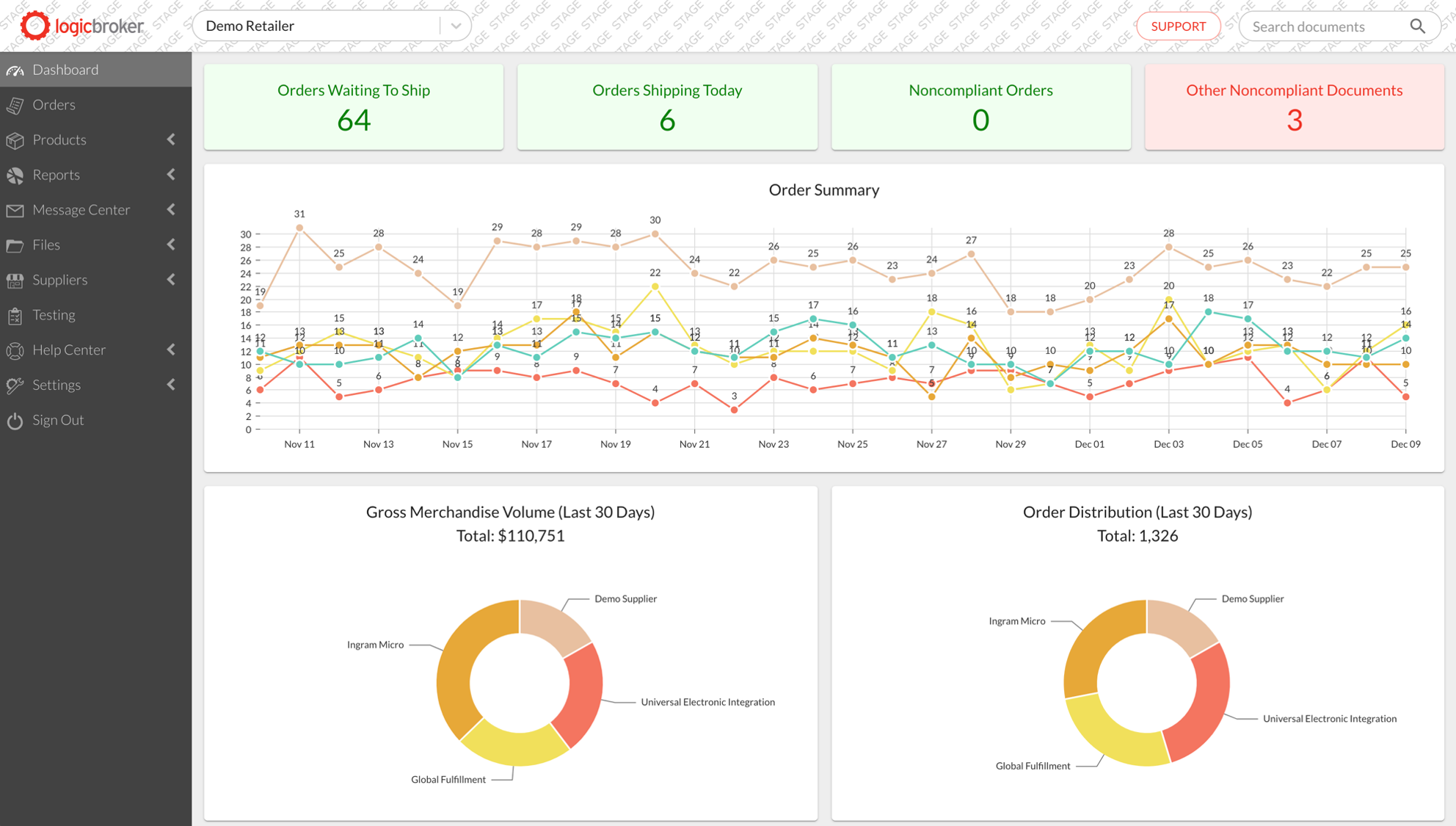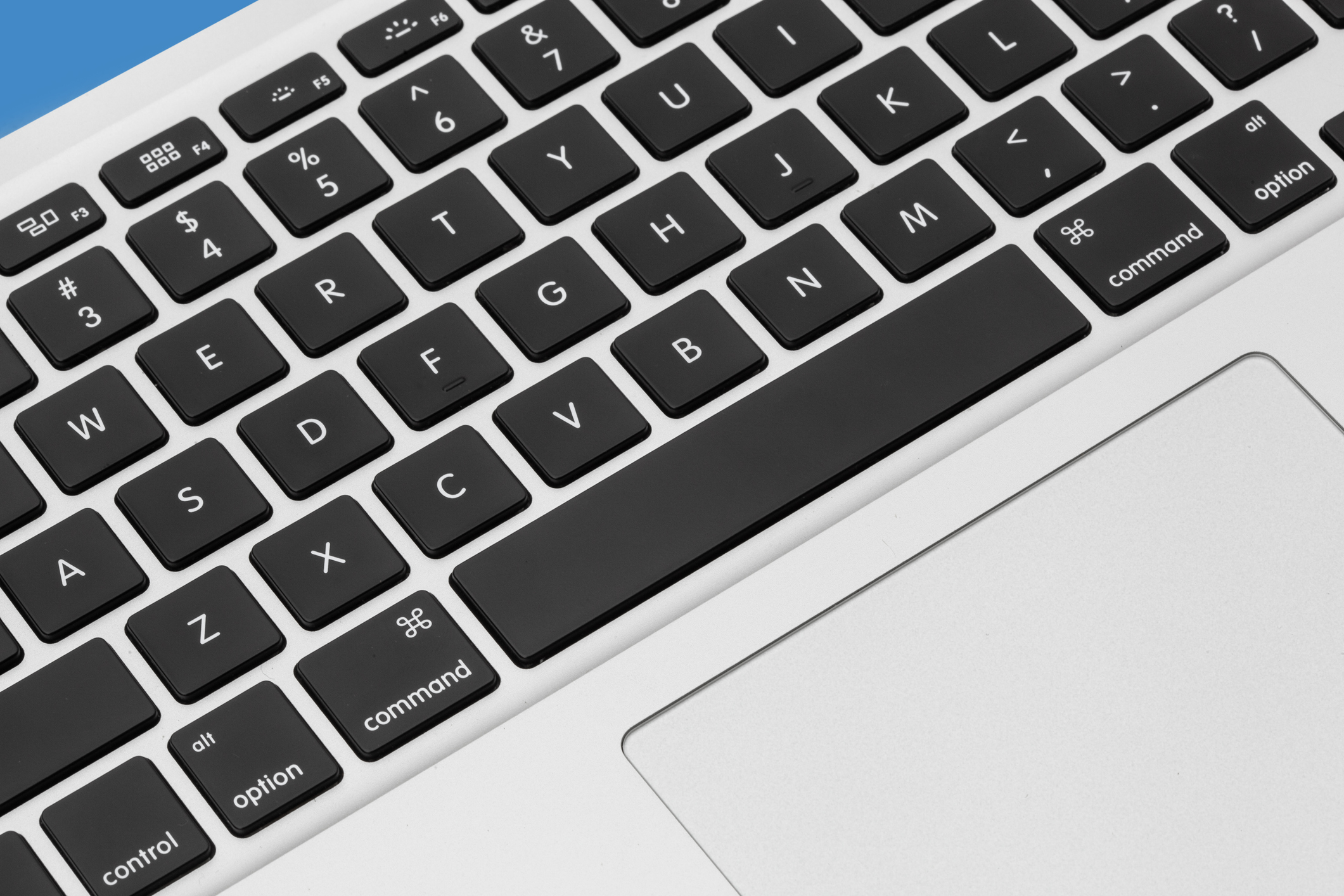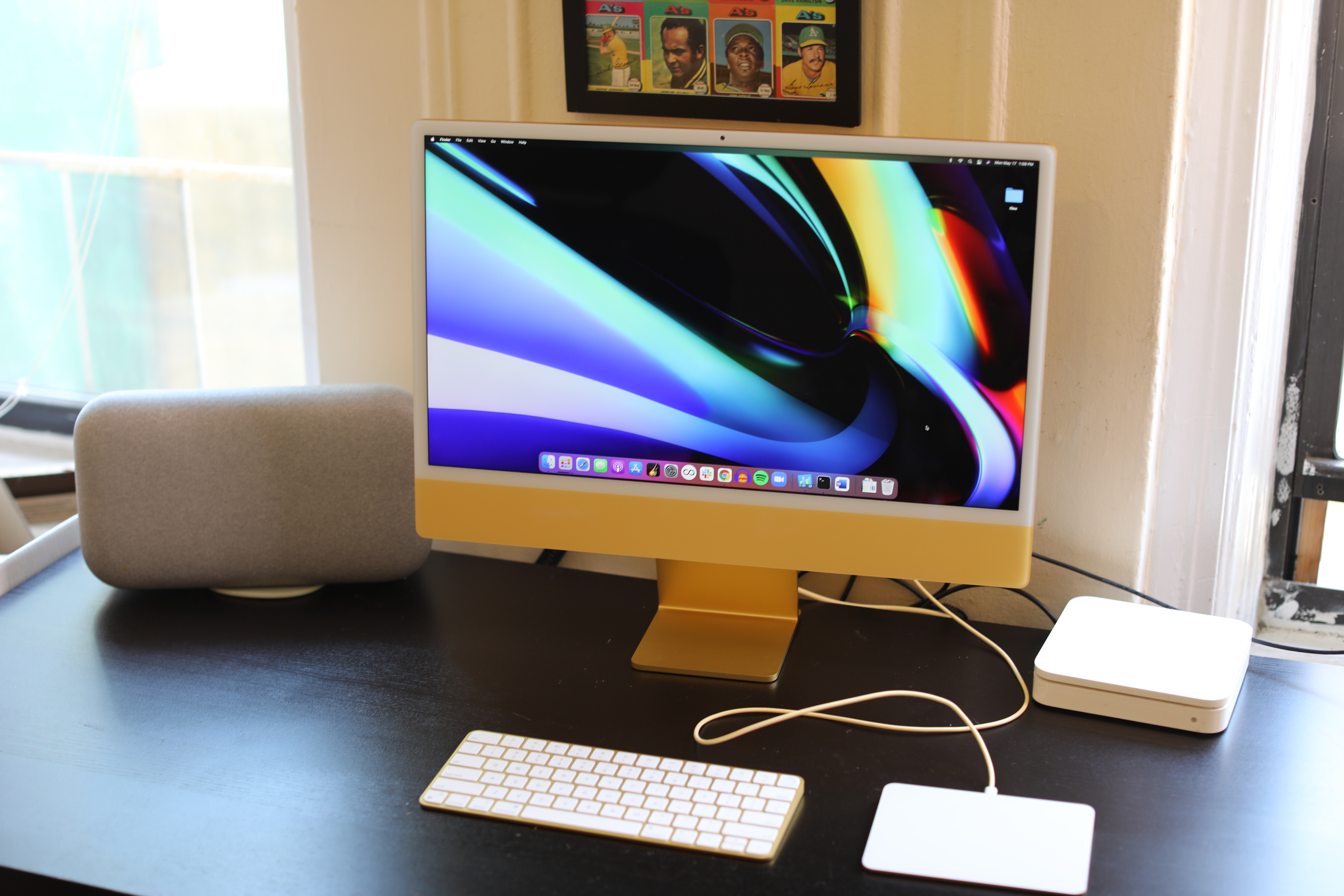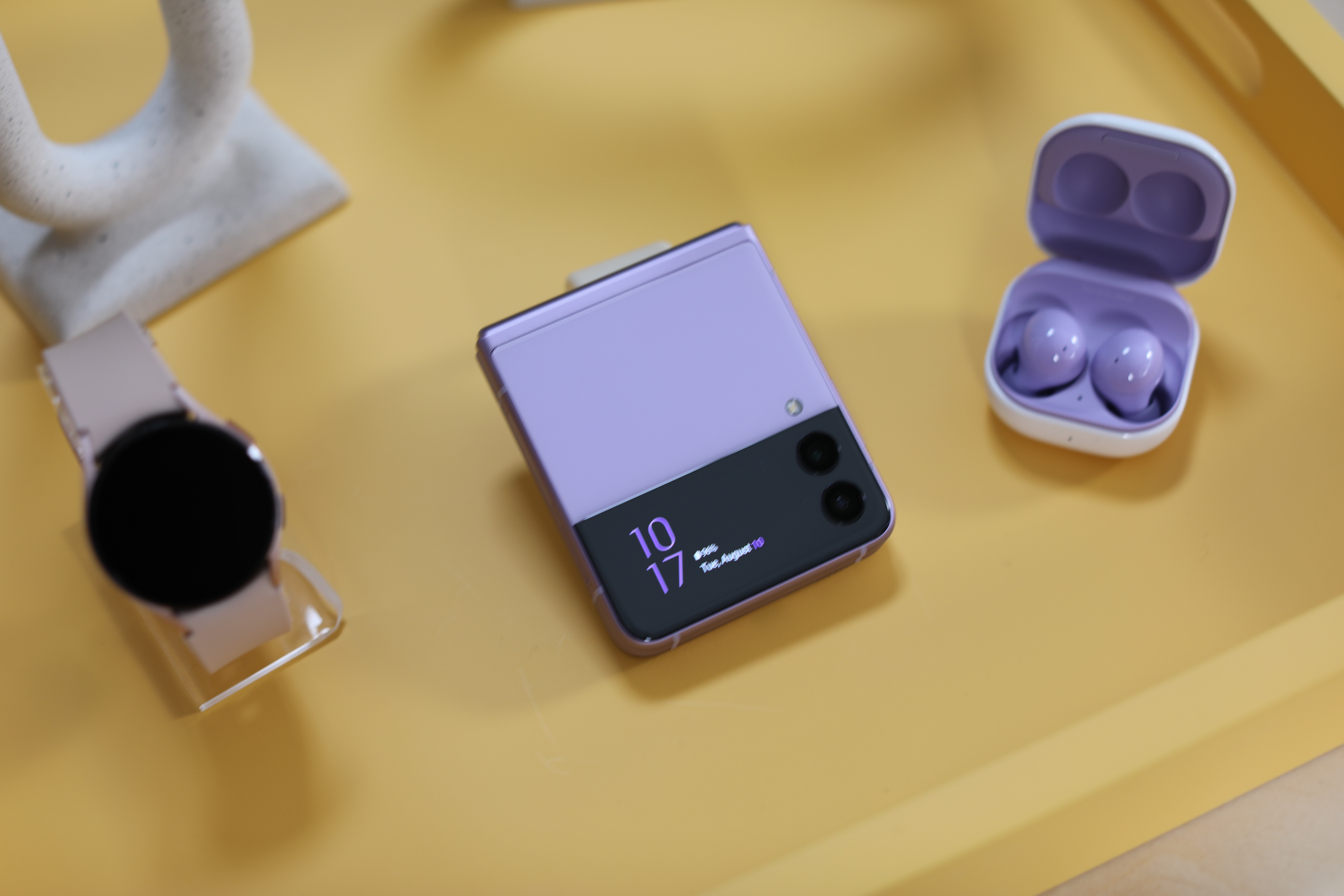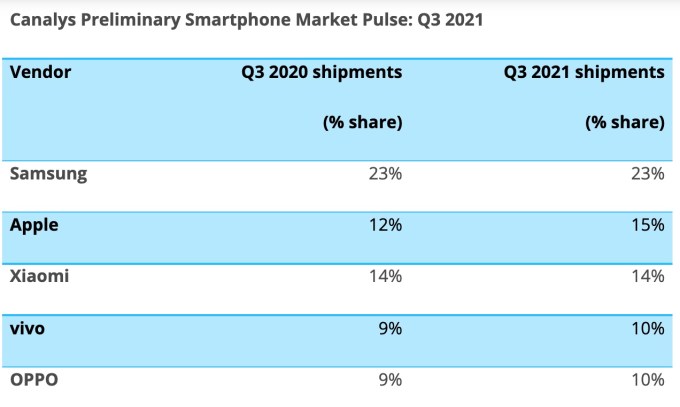Earbuds should be easy to review. Compared to the myriad other product categories we look at day in, day out, there aren’t that many variables. Do they sound good? How’s the battery life? What about the noise canceling? How do they fit?
That last bit is, of course, highly subjective — even more so than the others. And it points to one of the biggest issues with reviewing the products. Much like the music we listen to on them, preference is a deeply personal thing. These are products we often wear for hours at a time, intimately pressed against our ears while we work, travel, exercise and even sleep.
As I’ve often written, I’ve never seen a consumer electronics category develop as quickly as Bluetooth earbuds, going from novelty to commodity seemingly overnight. The truth is that most of them are pretty good.
As a rule, I often tell people to go with a pair from the company that made their phone. There’s something to be said for a pair of products that were effectively built to work together. That’s a good place to start, certainly. But there are plenty of other variables worth considering when buying a set of buds for yourself — or as gift this holiday season. Sound, price, comfort, design and size are all worth considering here.
Over the past year, I’ve reviewed more wireless earbuds than any other product category (by a fairly wide margin). There isn’t a one-size-fits-all solution among them — and probably never will be in this space. What follows are some of my favorites in this burgeoning and booming category. You can’t go too wrong with any of them.
Apple AirPods Pro
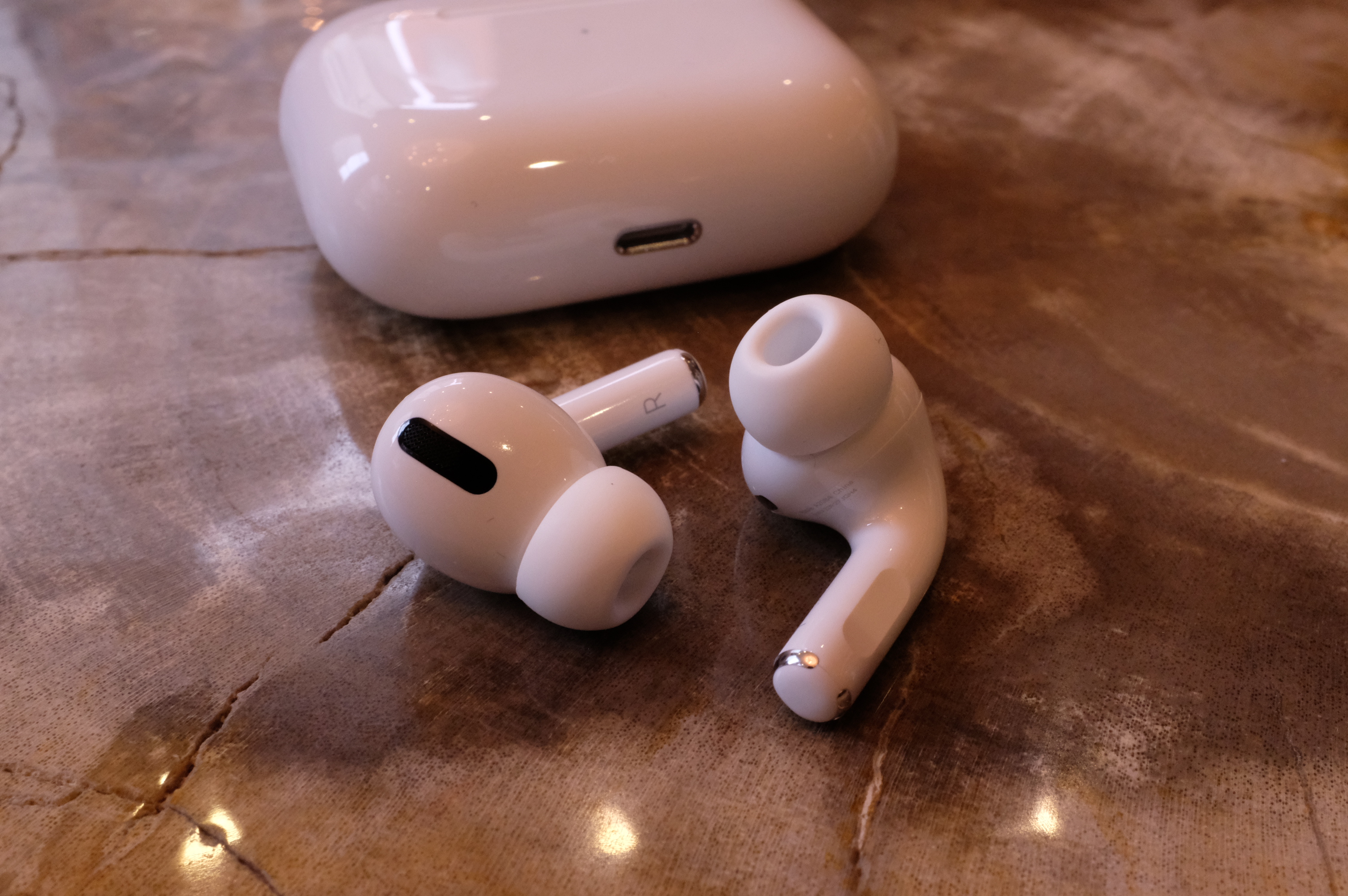
Image Credits: Brian Heater
Price: $249
Review: Apple’s AirPods Pro set a pricey new standard for earbuds
Having just celebrated their third anniversary, Apple’s pro-level buds are a bit long in the tooth. But in terms of the overall package, they’re still the ones to beat. Sure, the company just introduced the third generation of the standard buds, with new features that blurred the line between models, but pricing aside, the Pros are still superior in most ways. That is, unless you’ve got an aversion to silicone tips.
They sound great, are comfortable, have excellent noise canceling and work seamlessly with iOS devices.
Beats Fit Pro
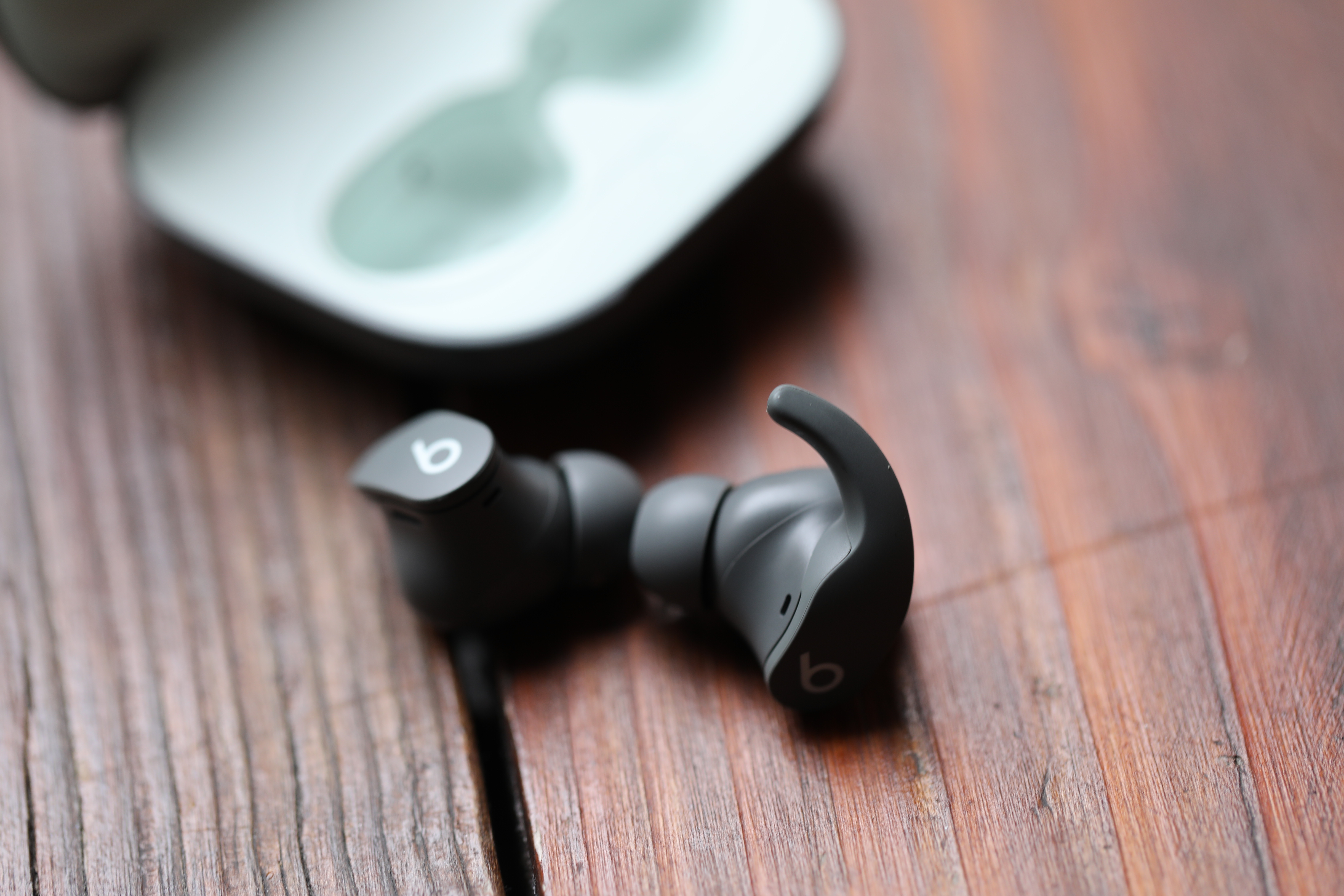
Image Credits: Brian Heater
Price: $199
Review: Ahead of the Pack
Until today, I would point to the Powerbeats Pro anytime someone asked me for a good pair of workout headphones. And while the Fit Pro don’t replace that product outright, they’ve moved to the top of my list for the category. As someone who recently took up running again, I’m impressed with what Beats was able to do in such a small category. I’ve had an aversion to stability wings after testing some rigid and painful models in the past, but the company got things right here.
OnePlus Buds Pro
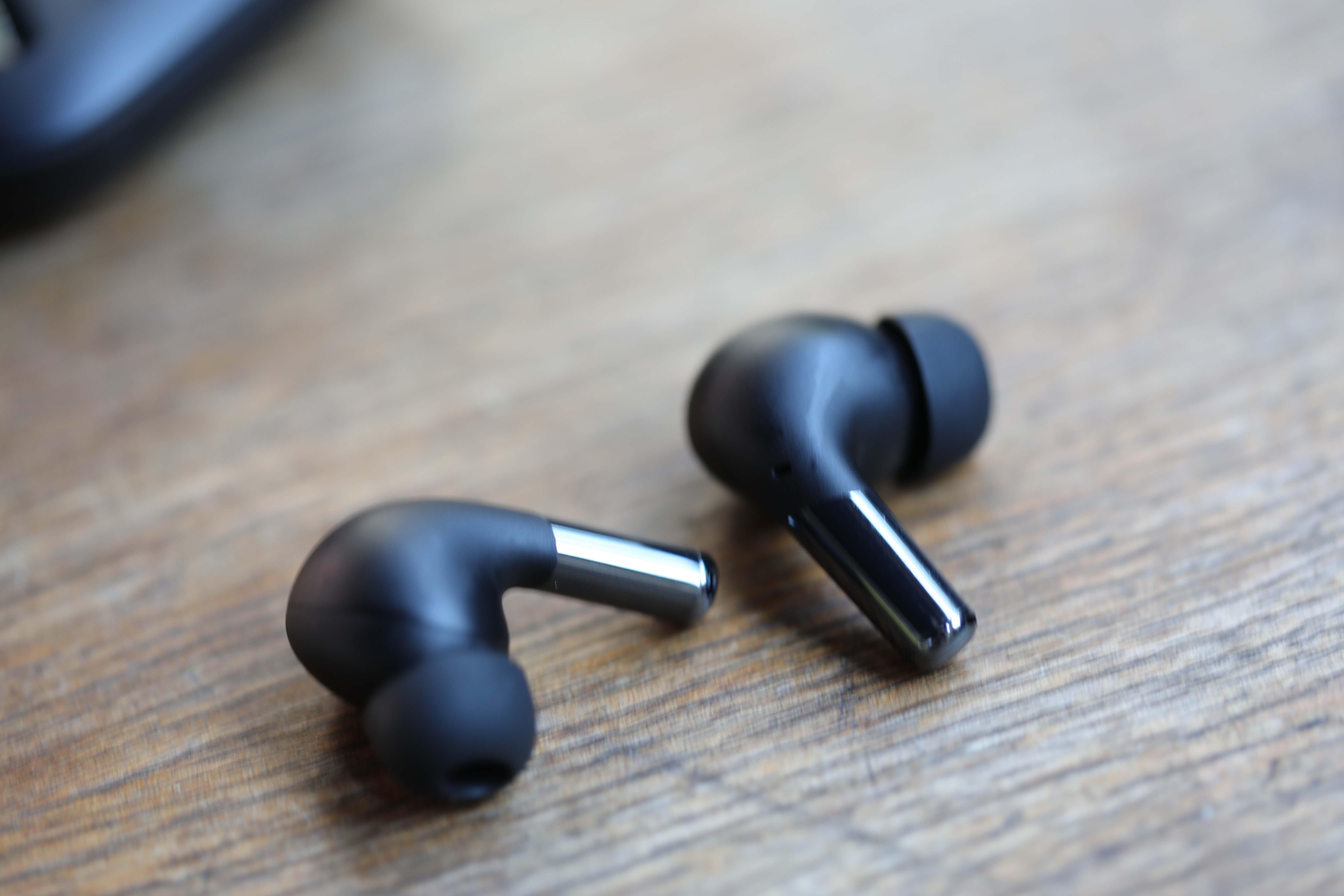
Image Credits: Brian Heater
Price: $150
Review: Much Better
After striking out with their first pair of buds, OnePlus got a lot more things right with the Pros. They’re not setting the world on fire with any sort of tech innovation here, but they’re a solid and well-rounded pair that won’t require you to take out a second mortgage. The Pros have good noise canceling, are comfortable and, bonus, pump meditative white noise into your ears with a squeeze of the stems.
Samsung Galaxy Buds 2
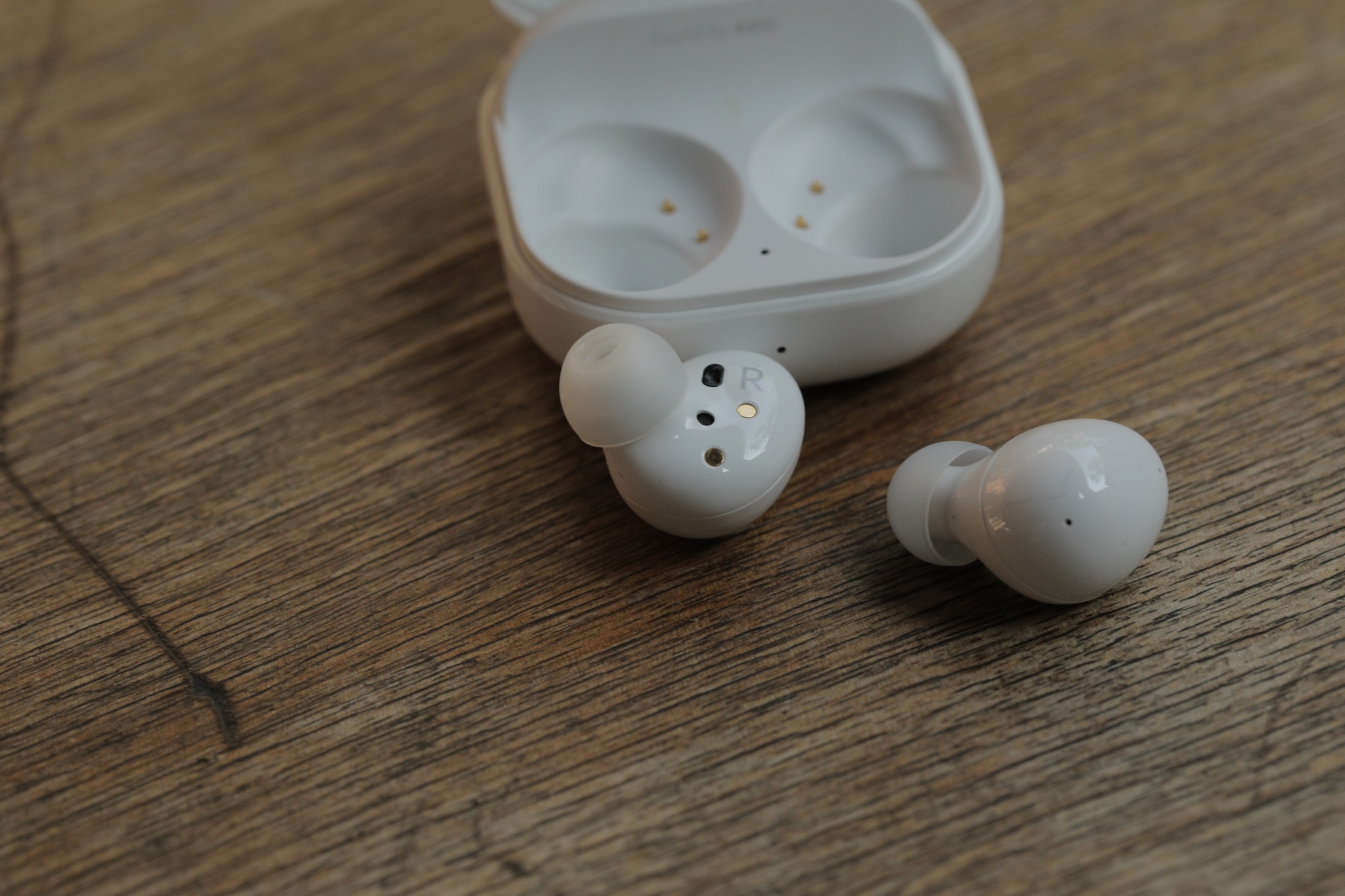
Image Credits: Brian Heater
Price: $150
Review: Samsung Galaxy Buds 2
Unlike the rest of the Galaxy line, Samsung’s Buds aren’t flashy. And, honestly, that’s fine. They’re compact, solid and get the job done. Like the OnePlus Buds Pro, they’re not pushing any boundaries, but they’re an excellent pair of $150 buds, with adaptive noise canceling. They play particularly well with other Samsung devices, so if you’re in the Galaxy ecosystem, these are probably the ones to get.
Sony WF-1000XM4
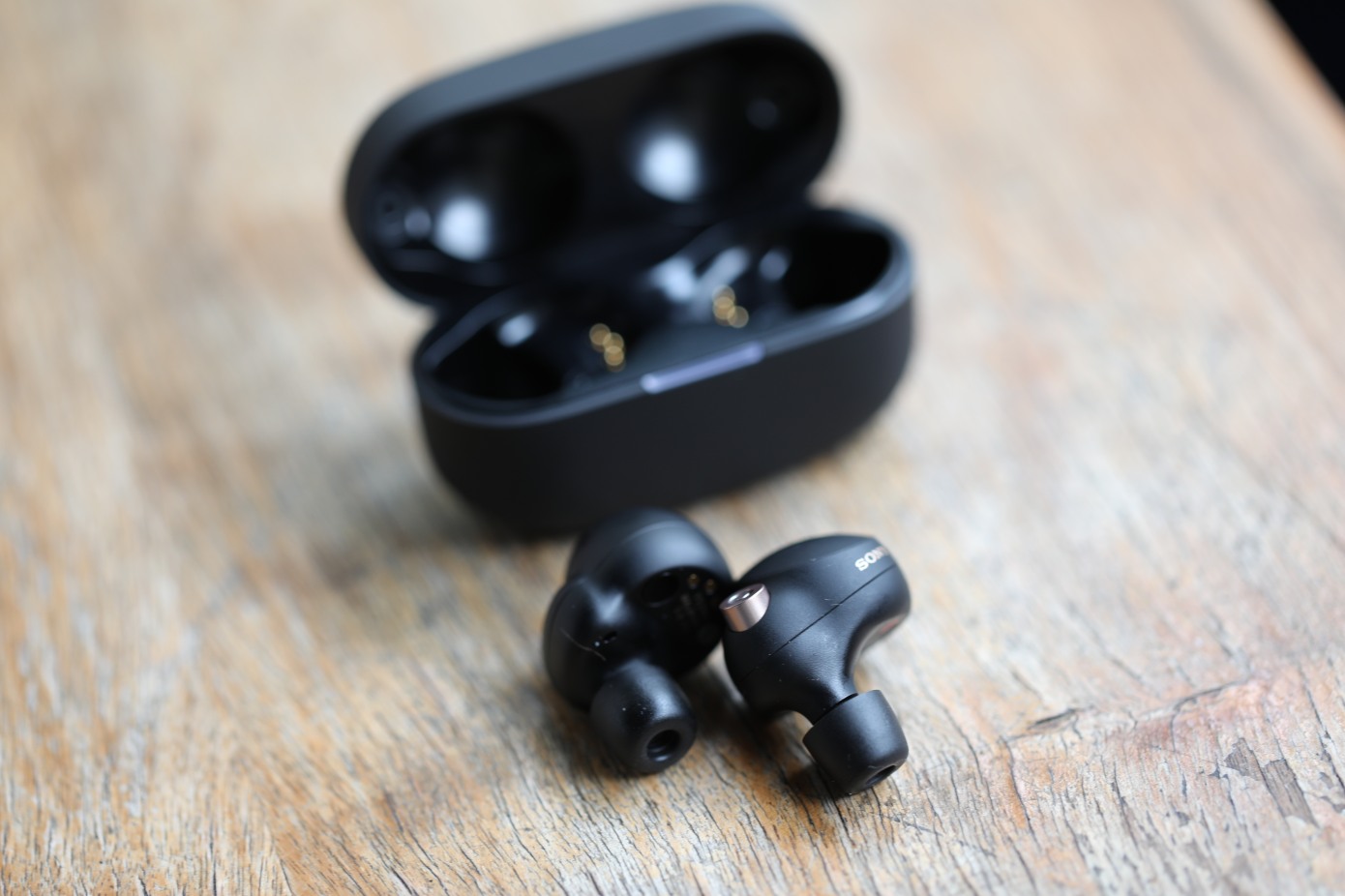
Image Credits: Brian Heater
Price: $280
Review: Sony sets a new standard with the WF-1000XM4 earbuds
Not for the faint of heart — or wallet — Sony returned with another set of truly excellent audiophile earbuds this year. They tend toward the bigger and bulkier side of things, so I wouldn’t recommend going for a run in them, but if you’re looking for a pair of buds to, say, enjoy the hell out of a great live jazz record, these are truly tough to beat. Along with their predecessors, the WF-1000XM3 and confusingly similarly named WH-1000XM3/4 over-ear phones, Sony continues to be the gold standard for great-sounding headphones.
Wildcards:
Nothing Ear (1)
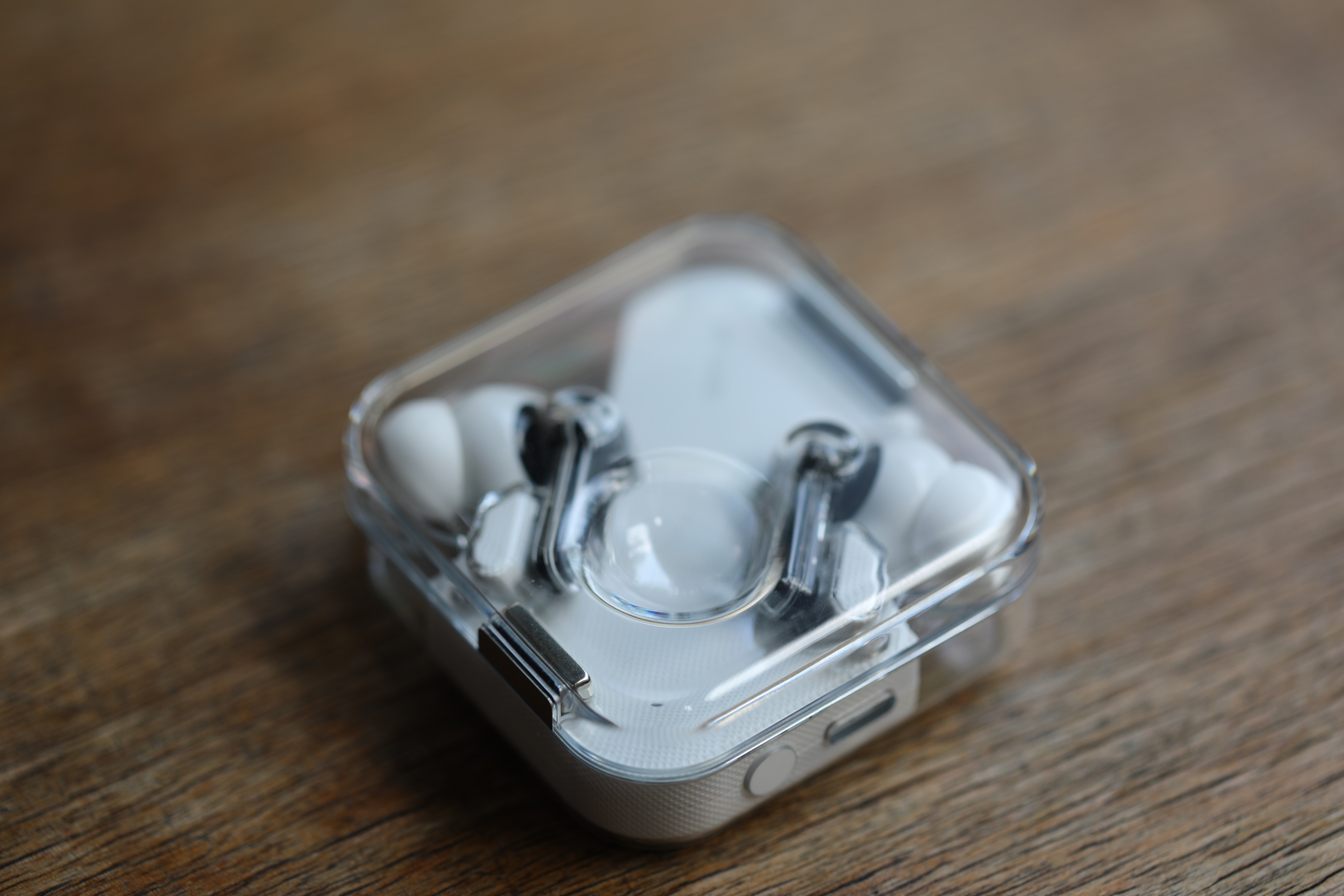
Image Credits: Brian Heater
Price: $100
Review: Something interesting
Honorable mentions for a pair of wildcards/underdogs for those looking outside of the big cos. Nothing made a well constructed pair of buds at a good price. They also look the part, with a clever, semi-transparent design language. I had some connectivity issues early on, though the company has largely addressed that with subsequent firmware upgrades. If you’re looking for something outside the Apple/Samsung/Sony world that won’t break the bank, give these a look.
Nura NuraTrue
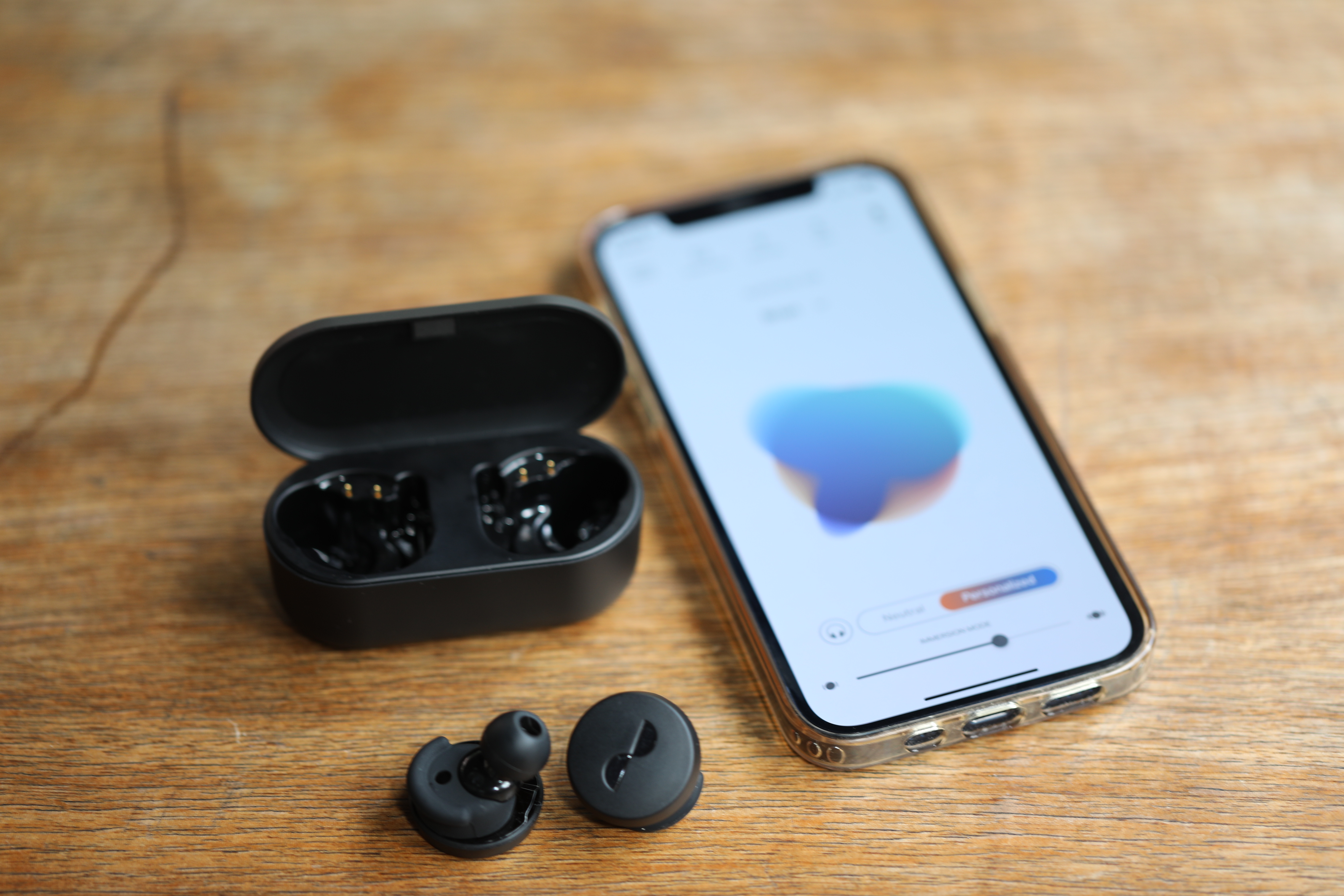
Image Credits: Brian Heater
Price: $200
Review: The hardware startup adapts its innovative sound tech for truly wireless earbuds
Nura adapted its clever sound-adapting technology into a pair of portable buds. They lack some of the immersive depth of their over-ear counterparts, but the company is able to create a truly impressive musical experience with its custom profiles.
from blogger-2 https://ift.tt/3nMiFAb
via IFTTT
